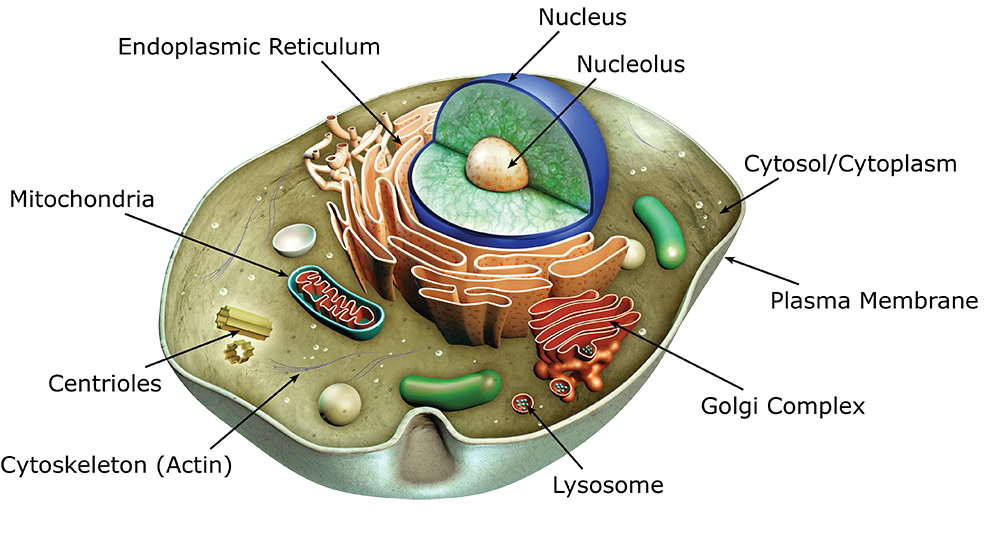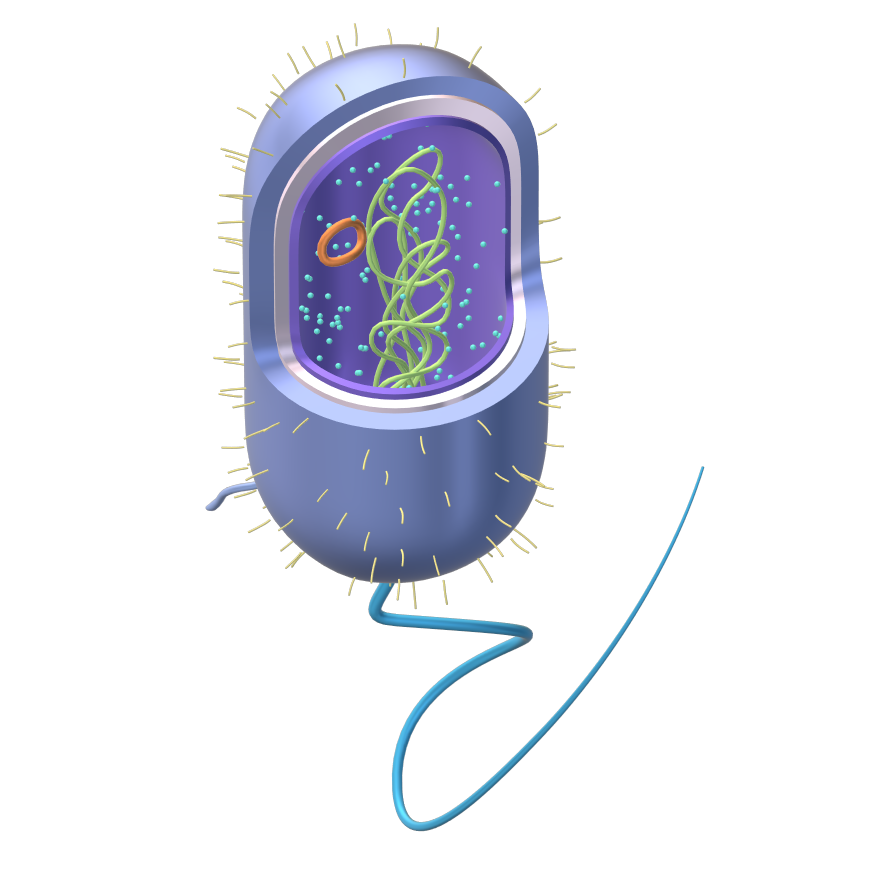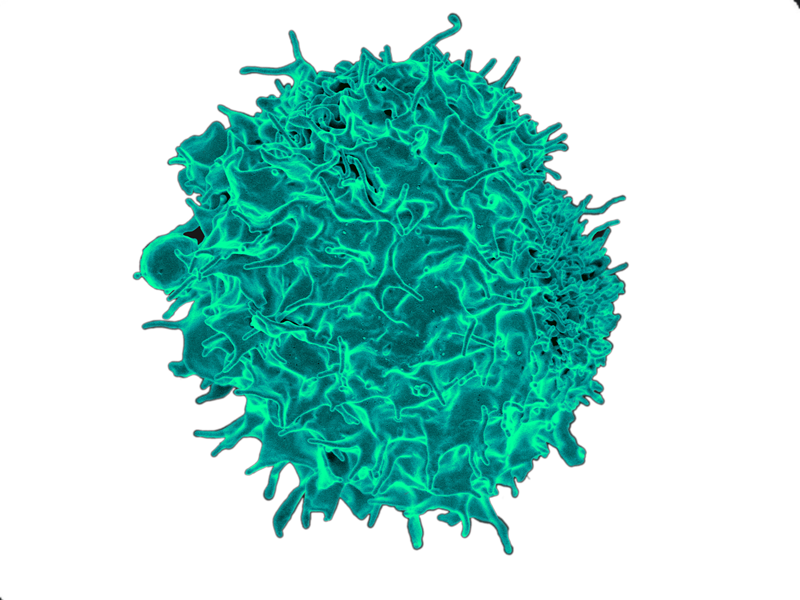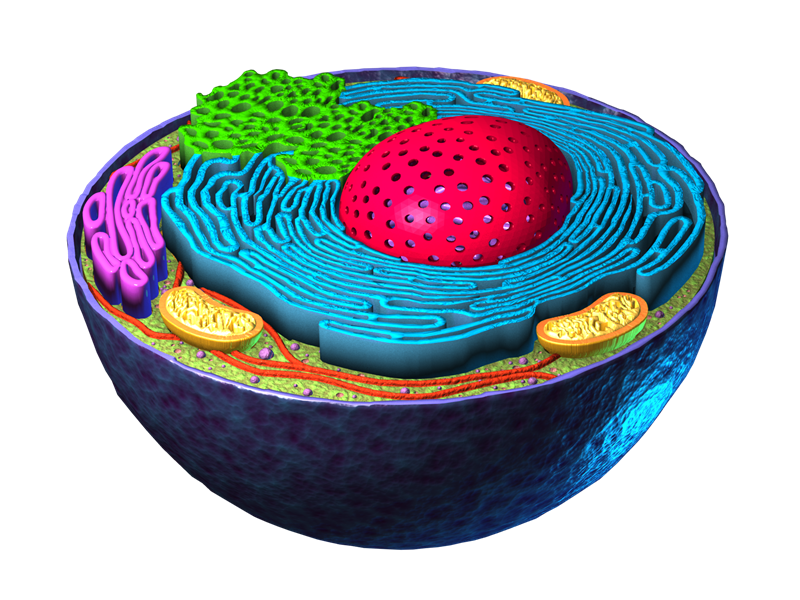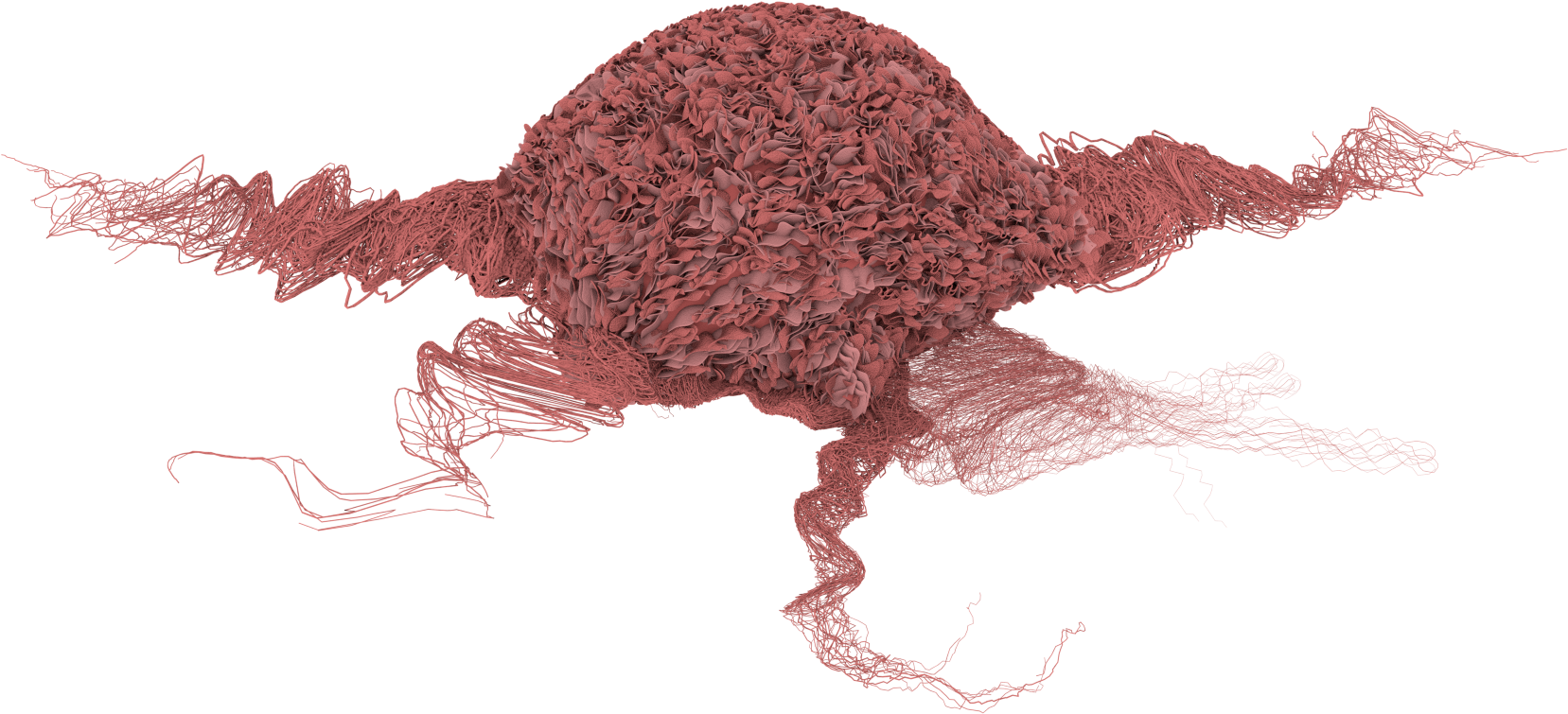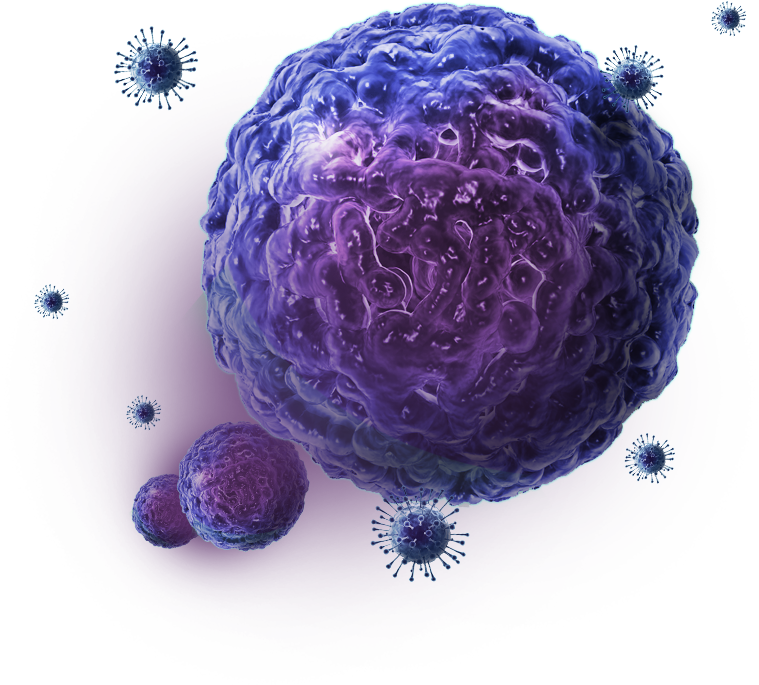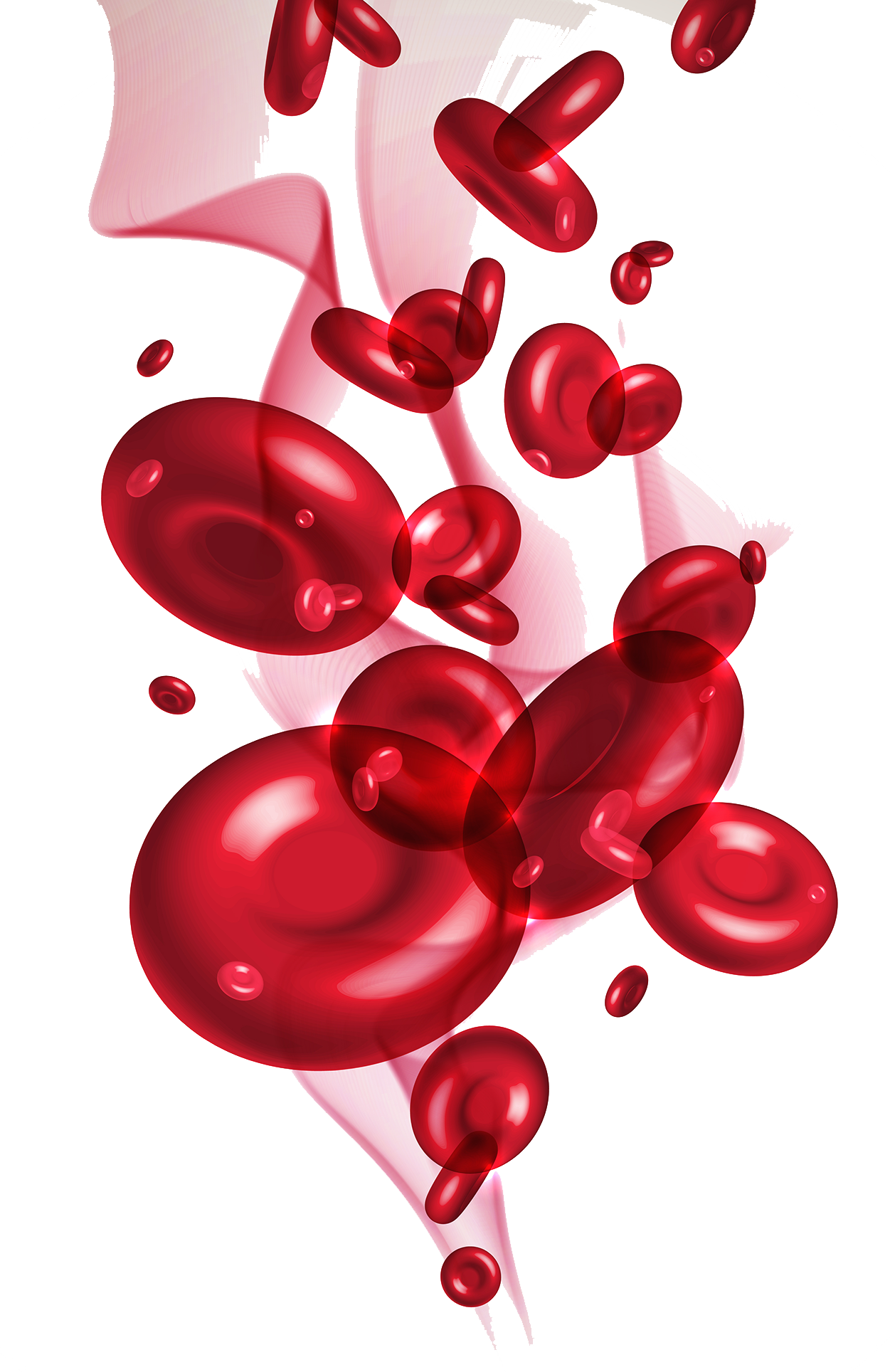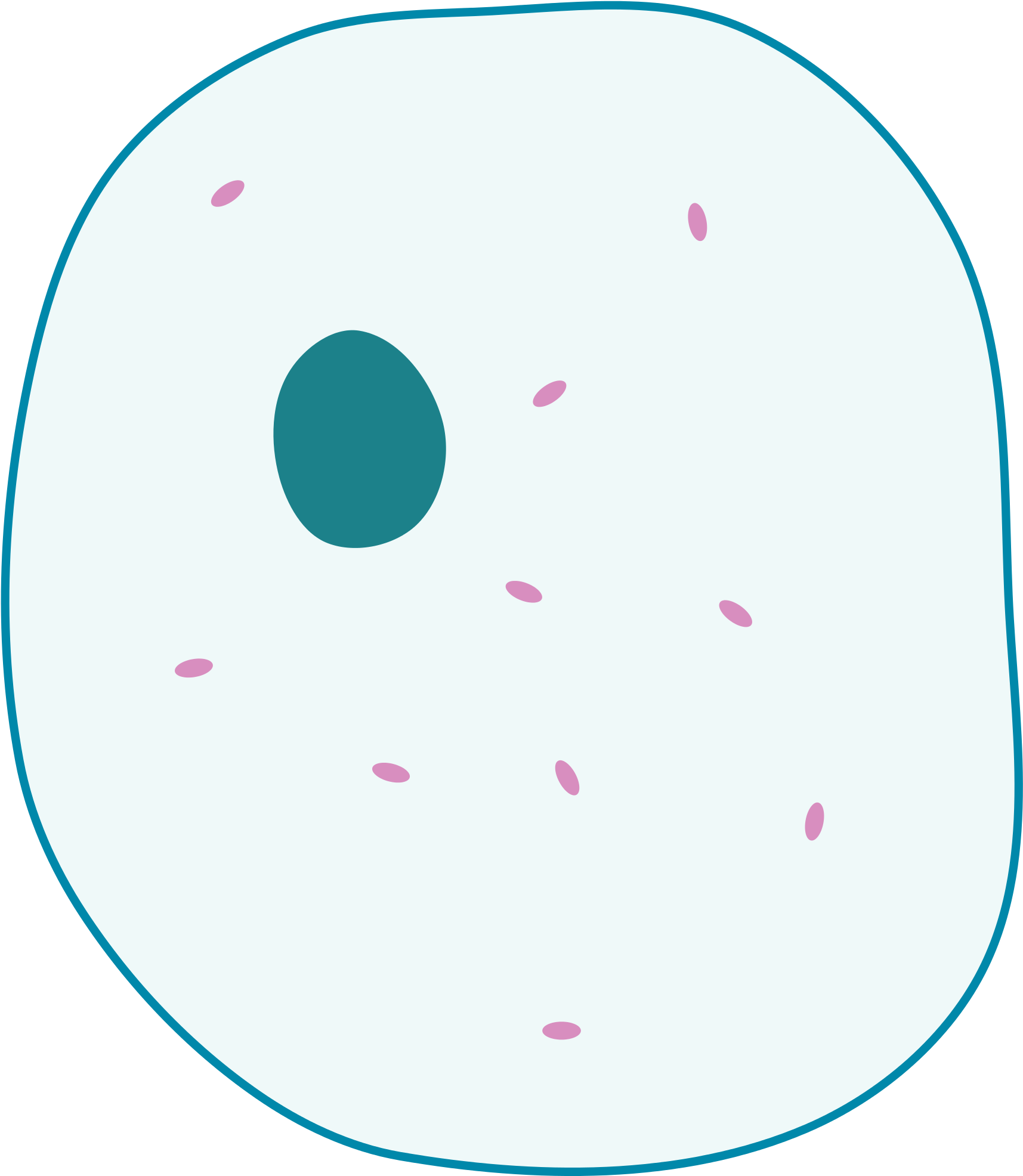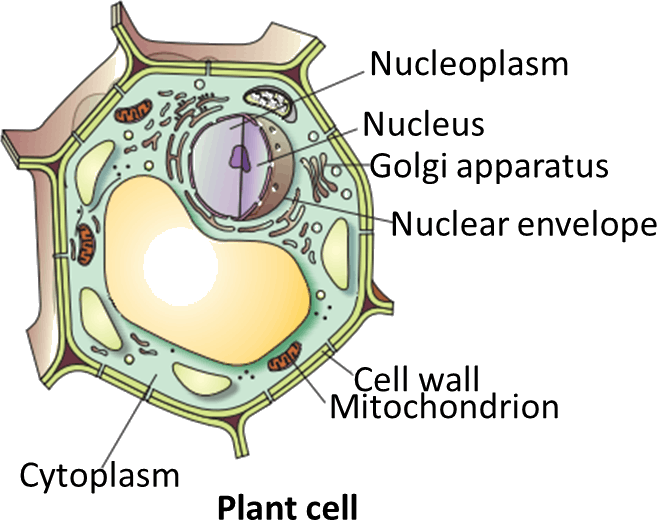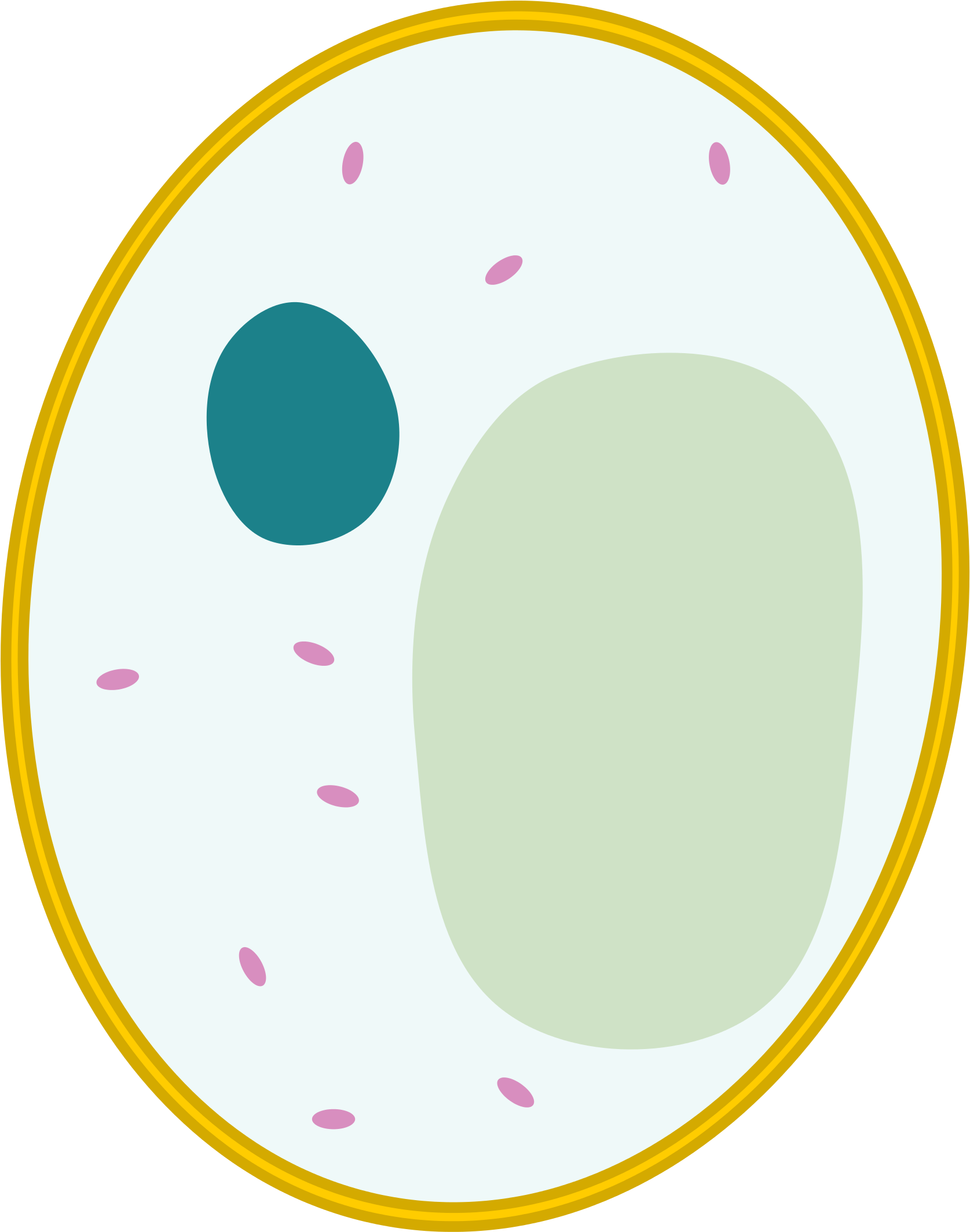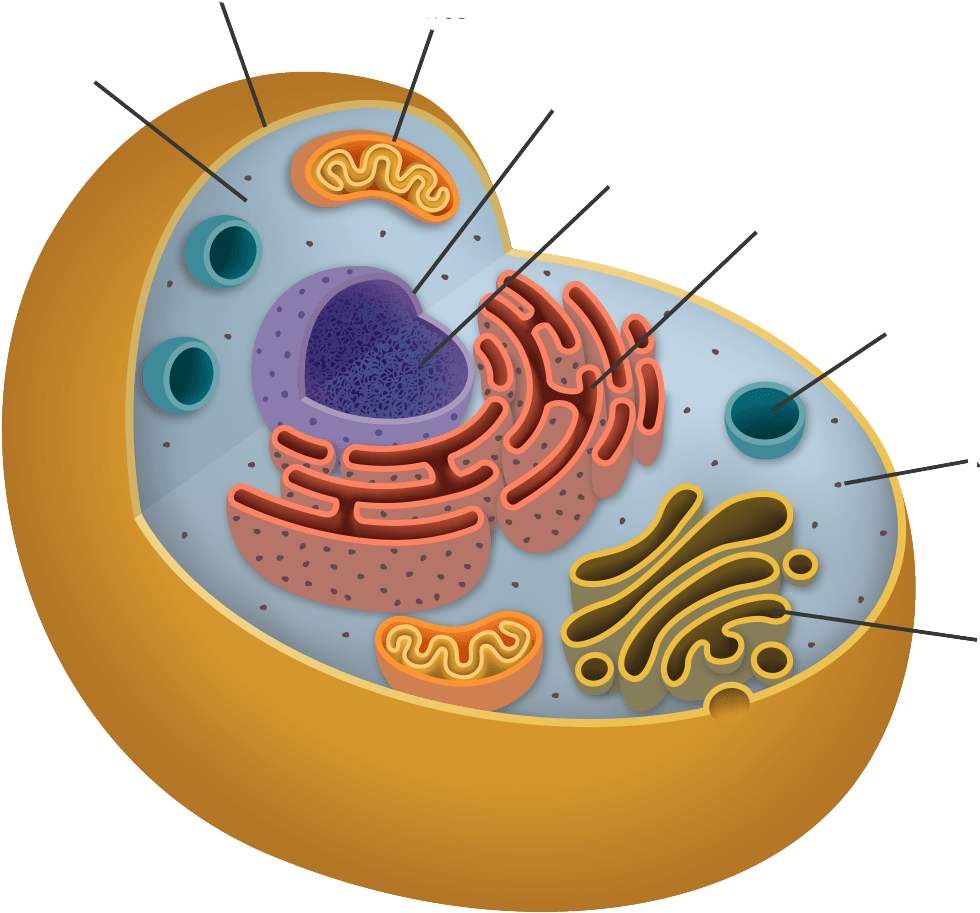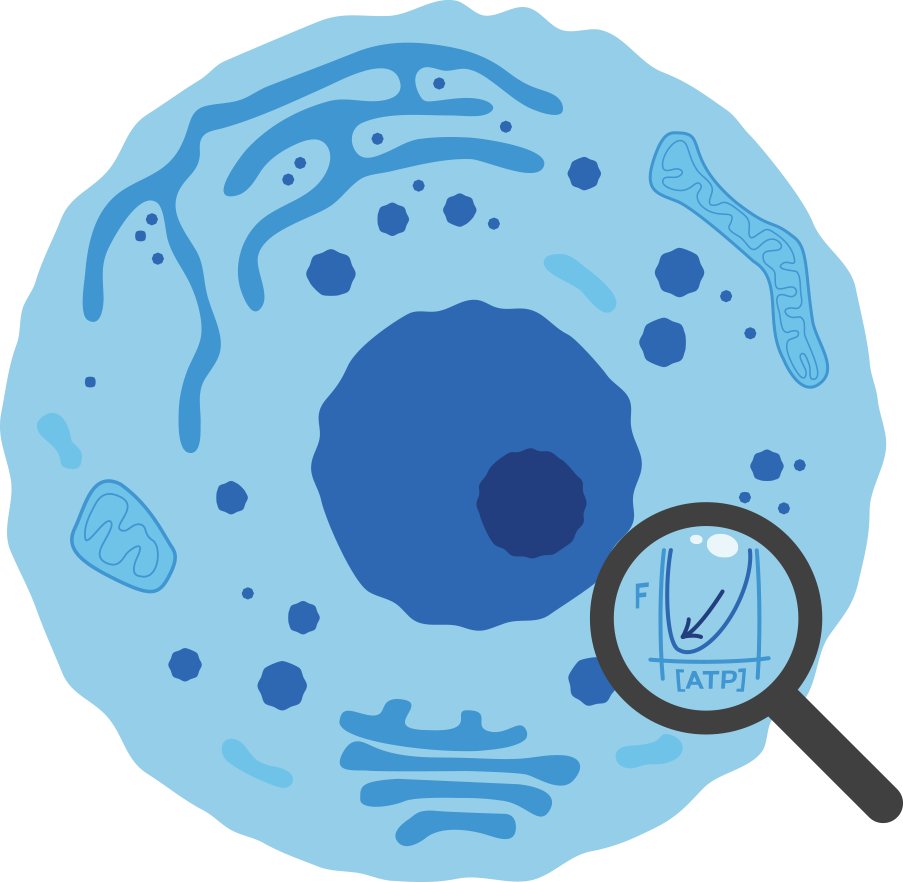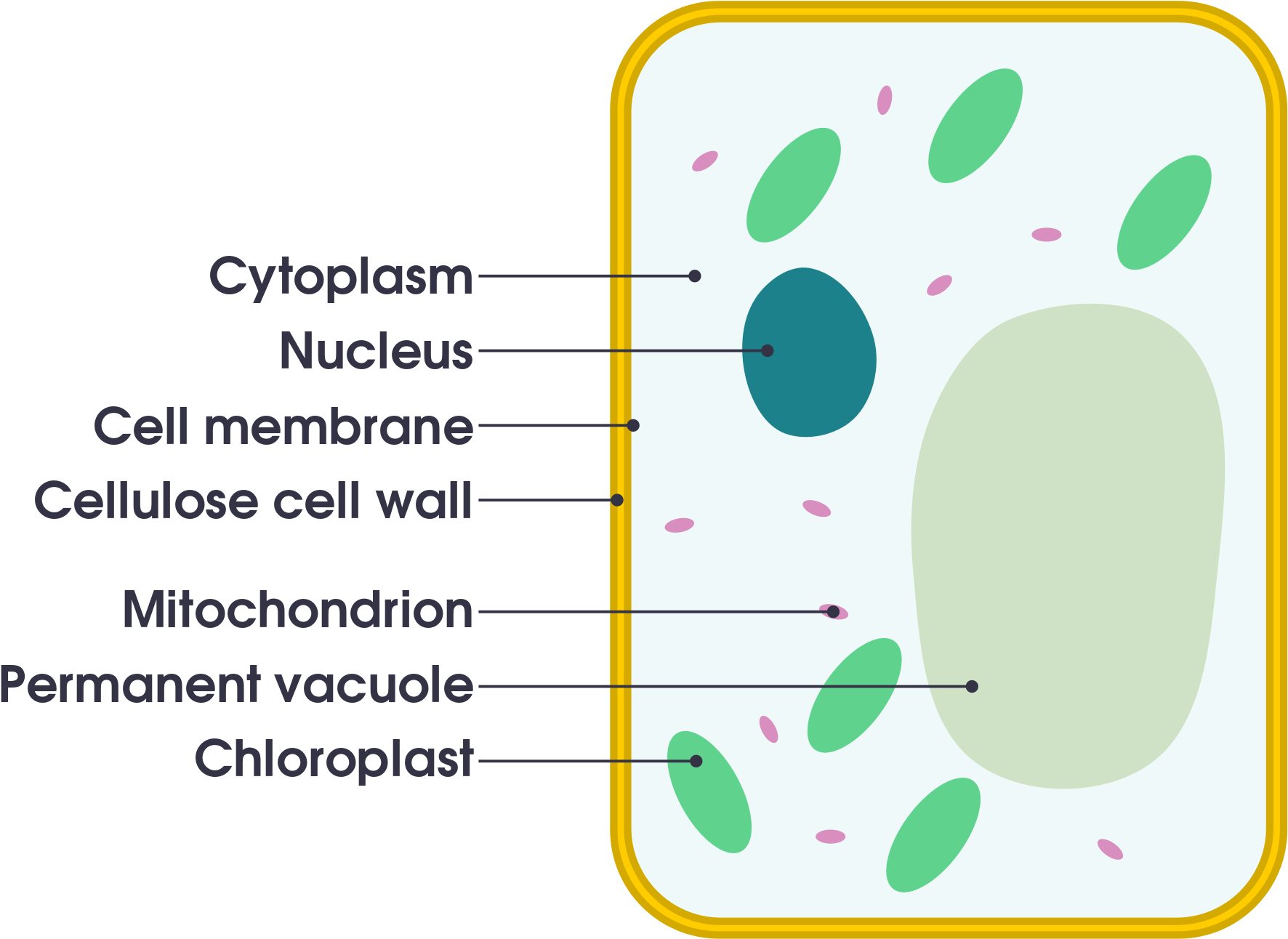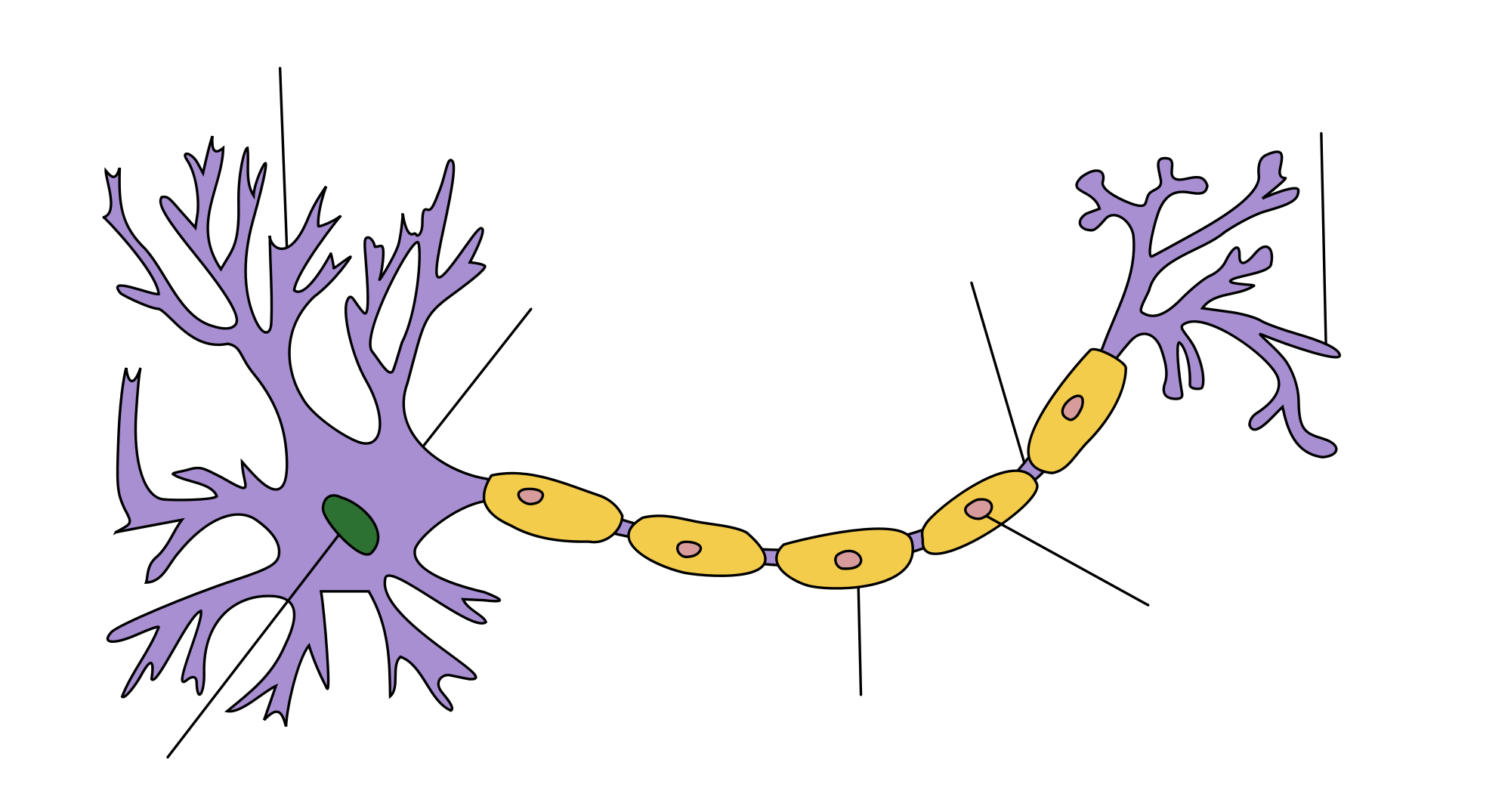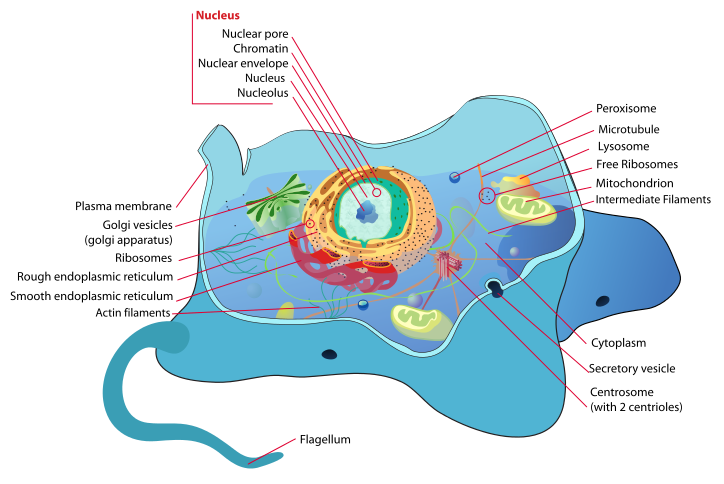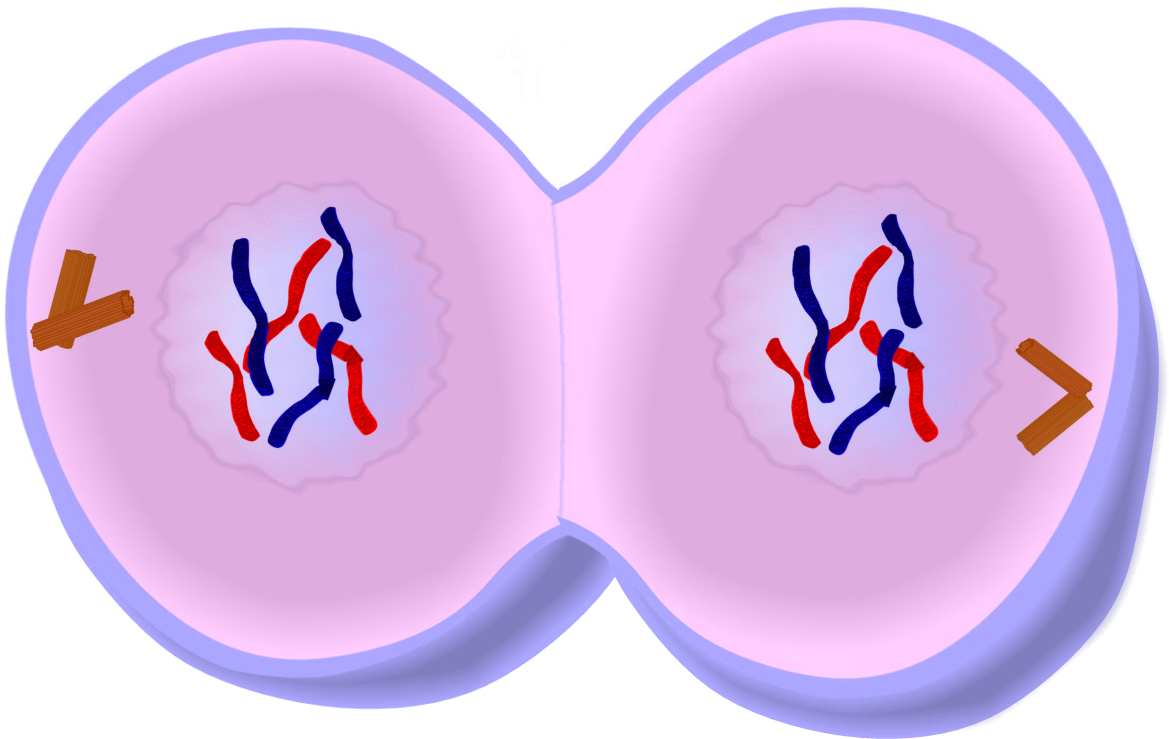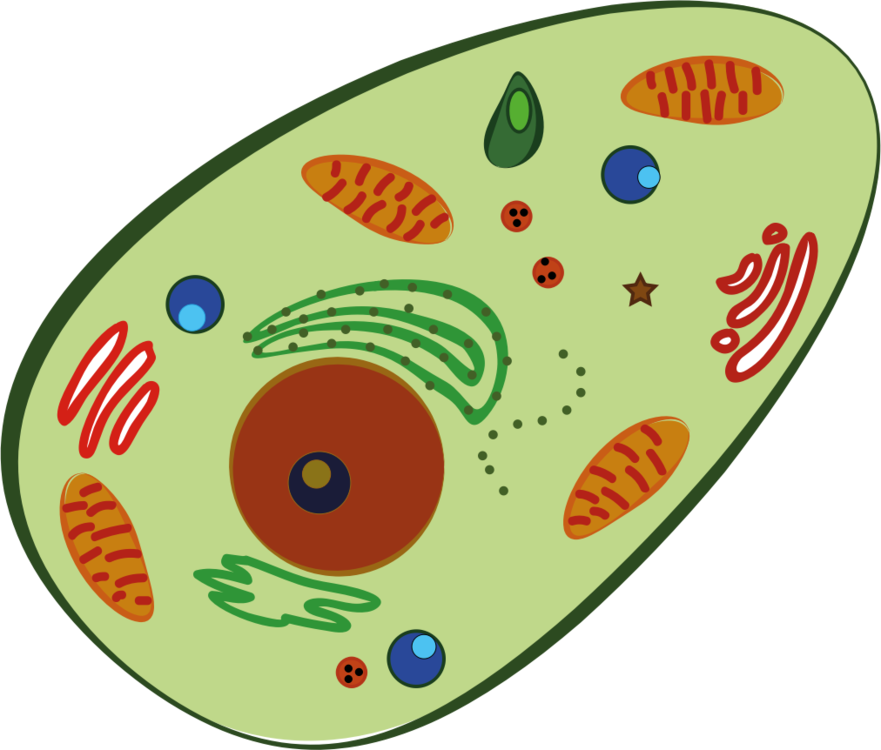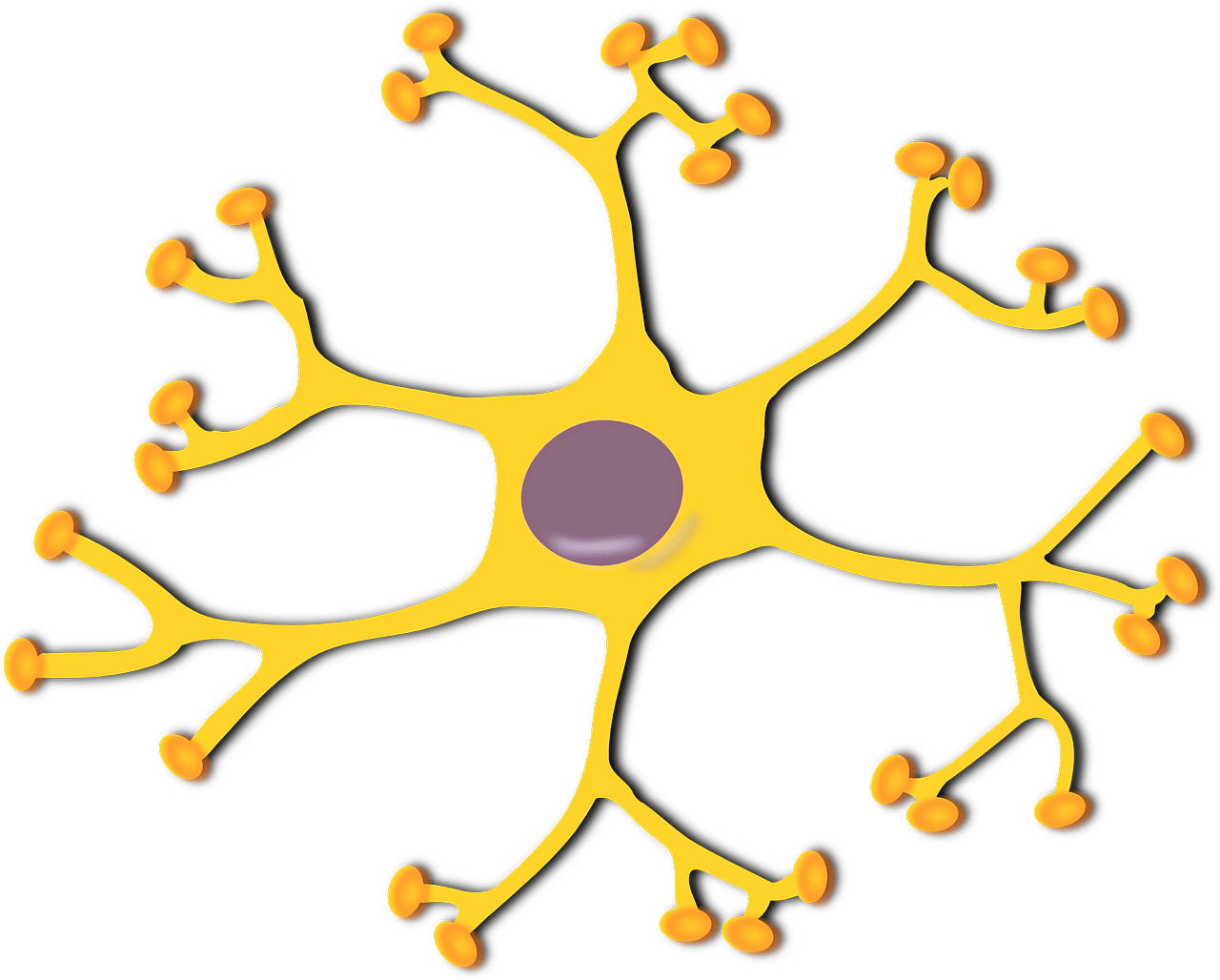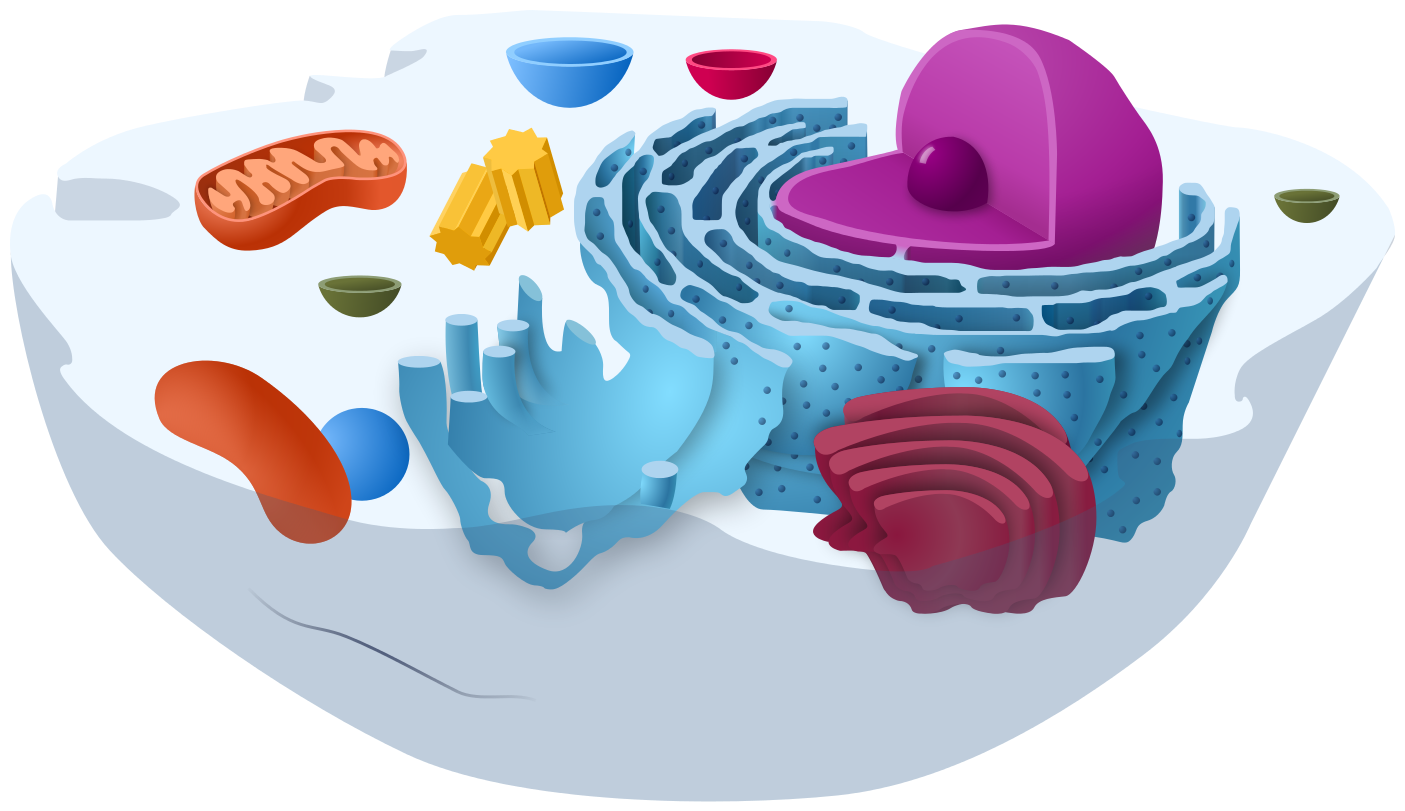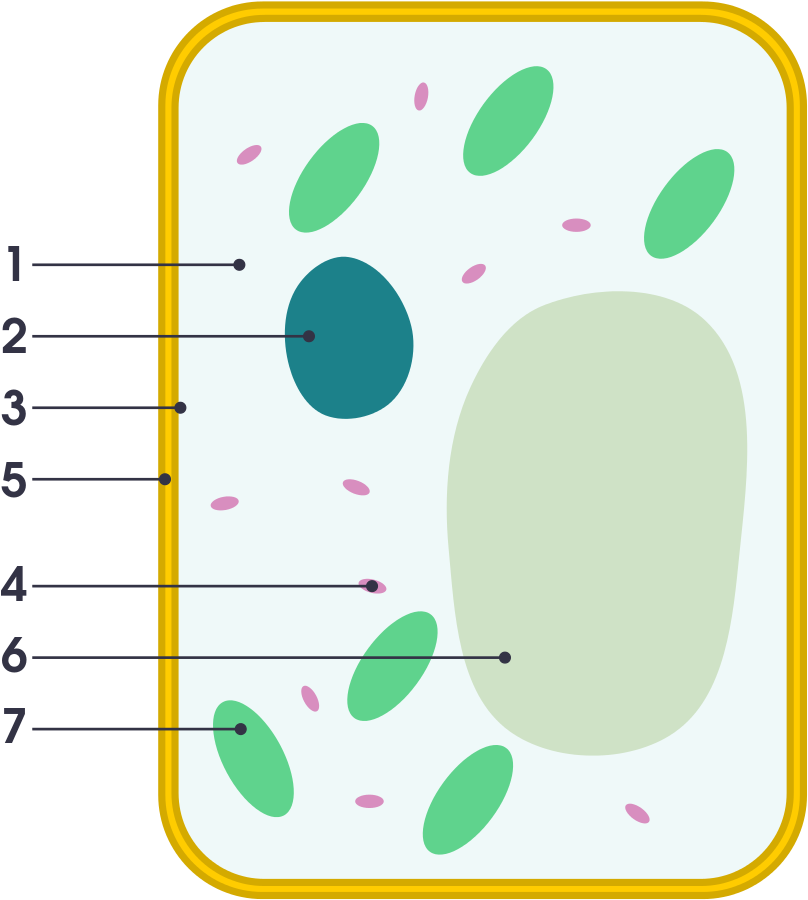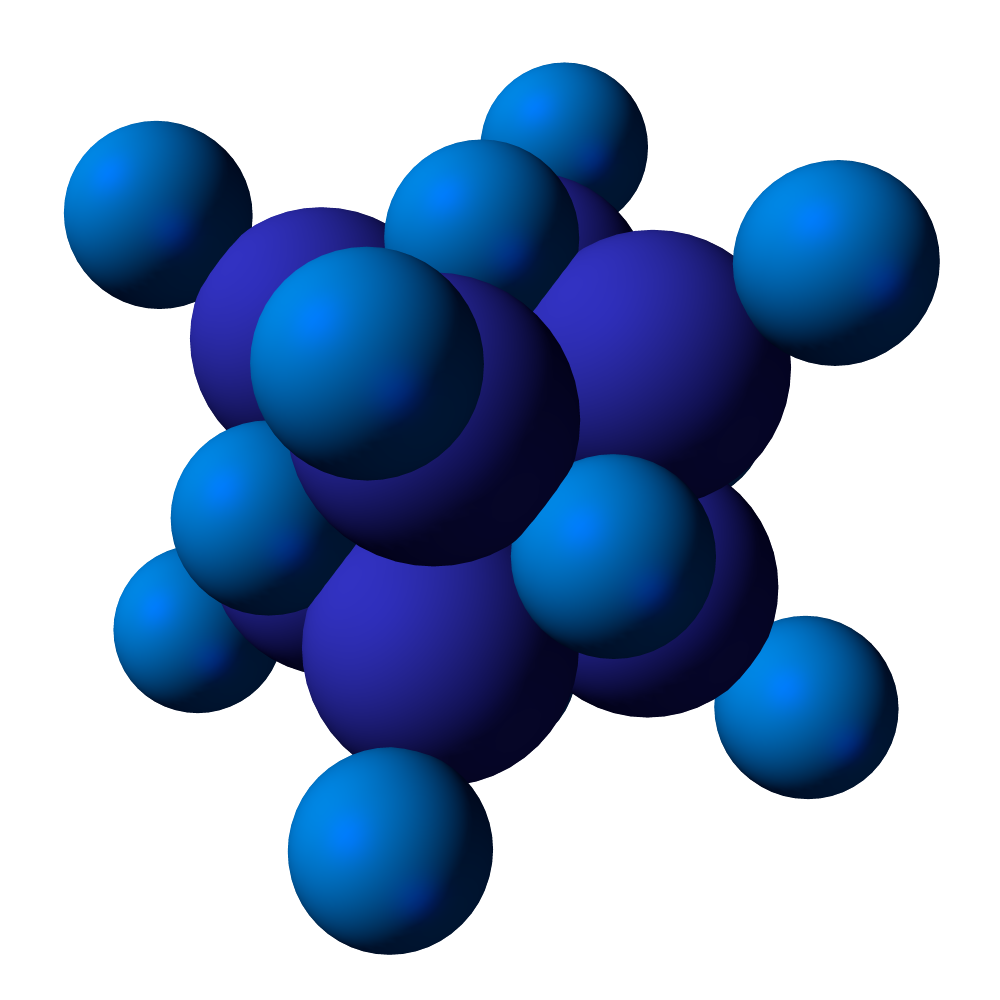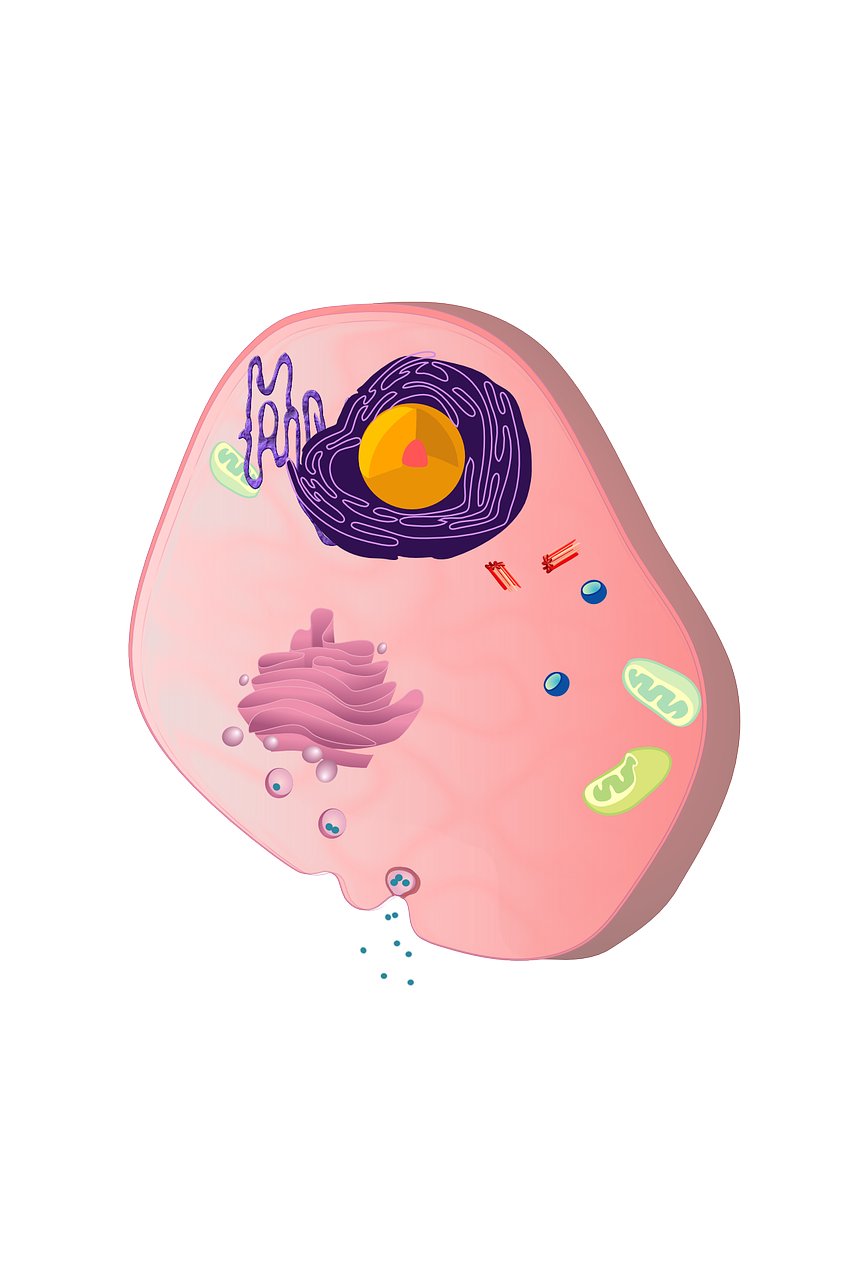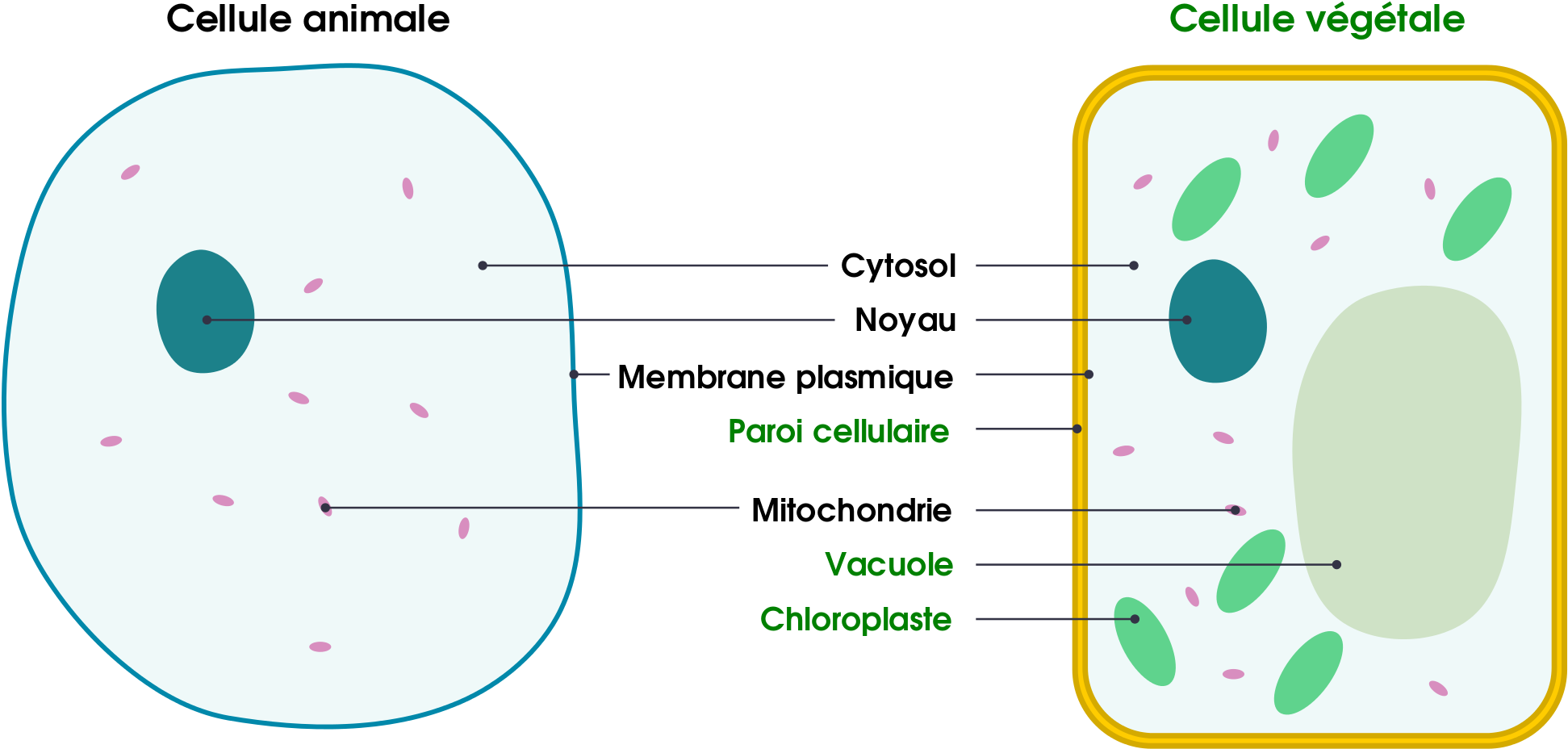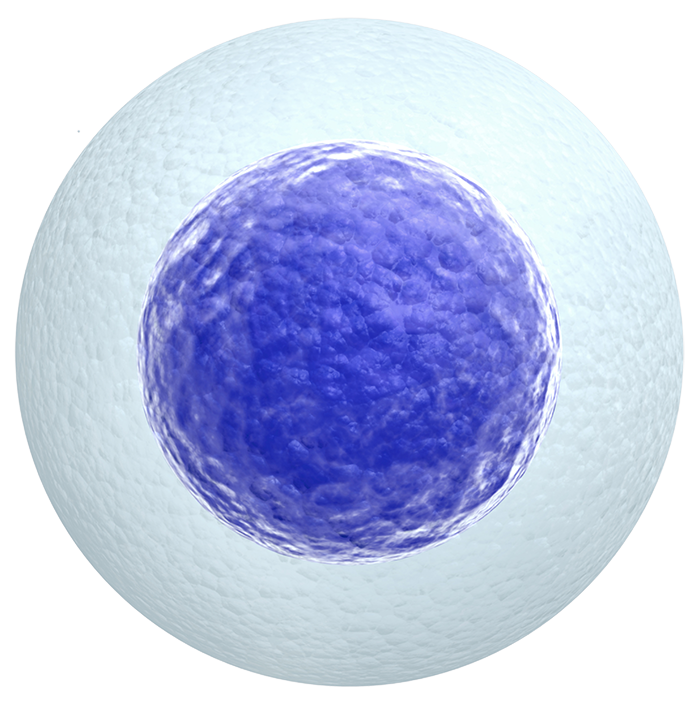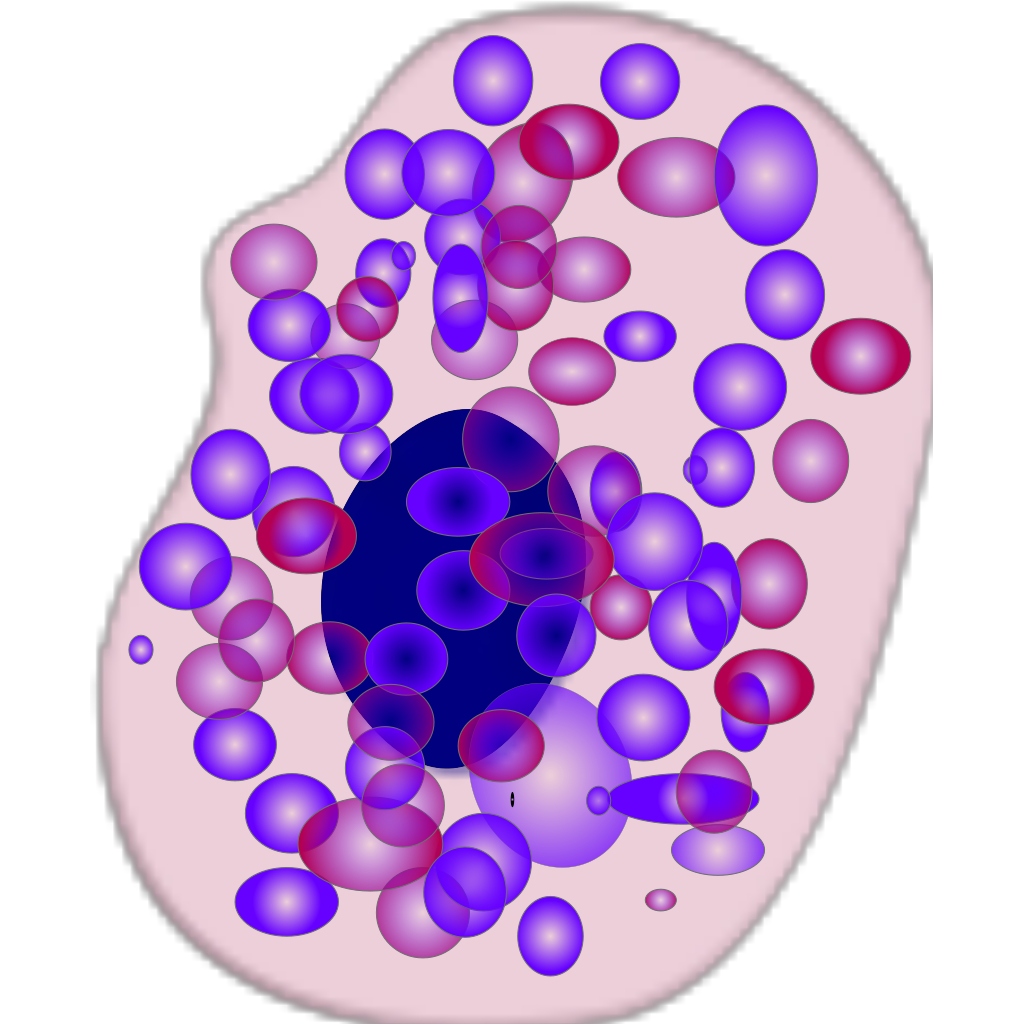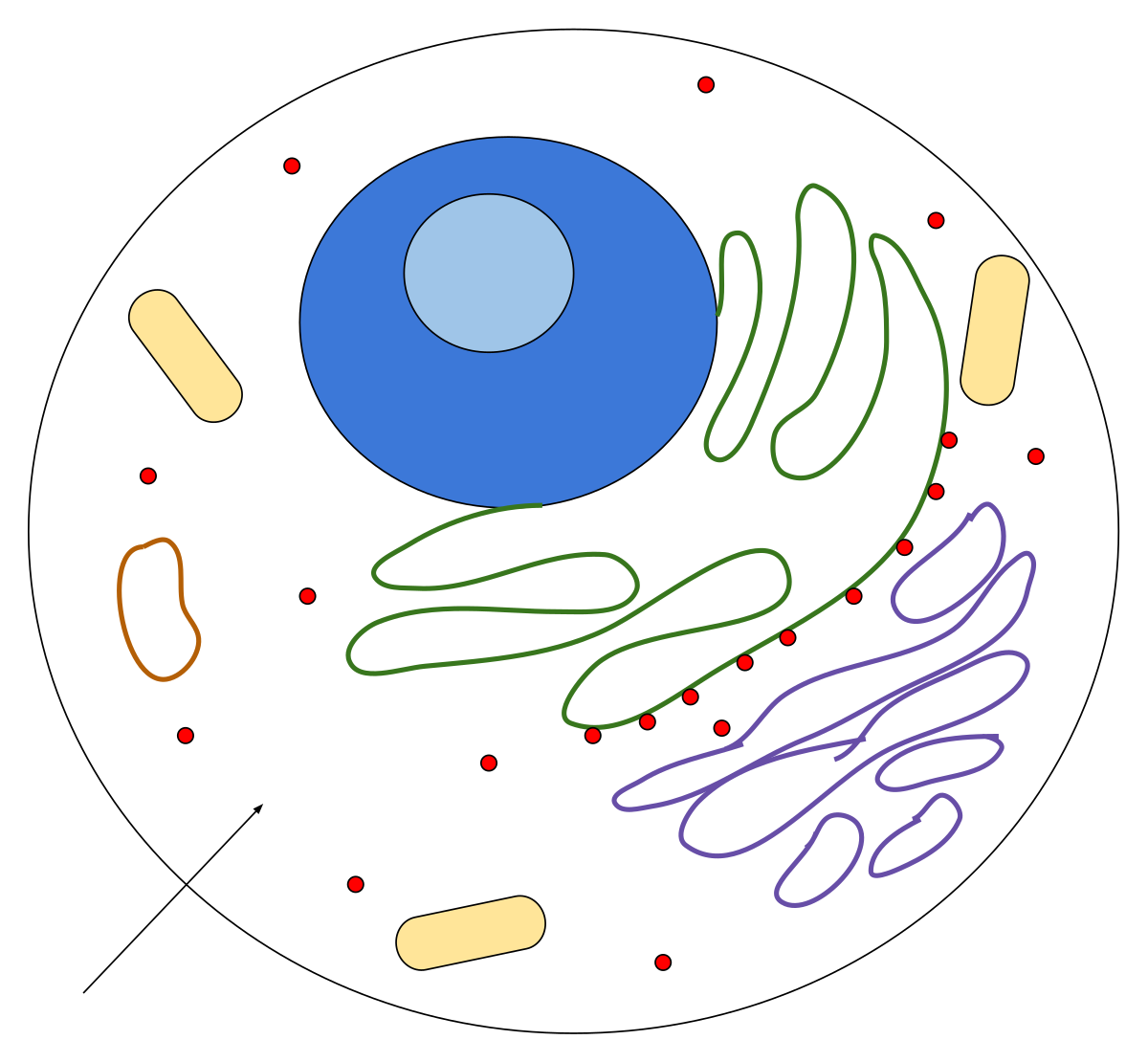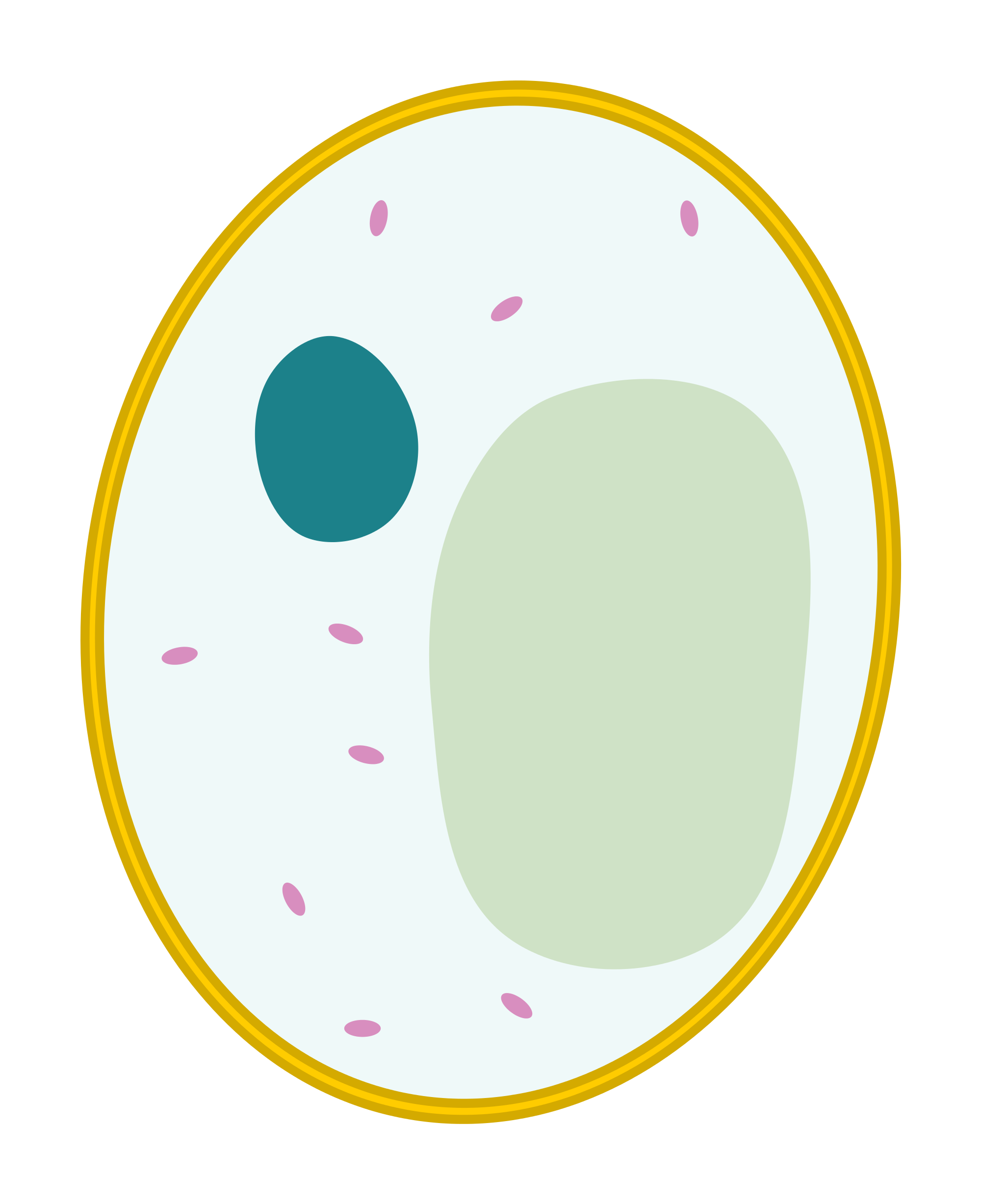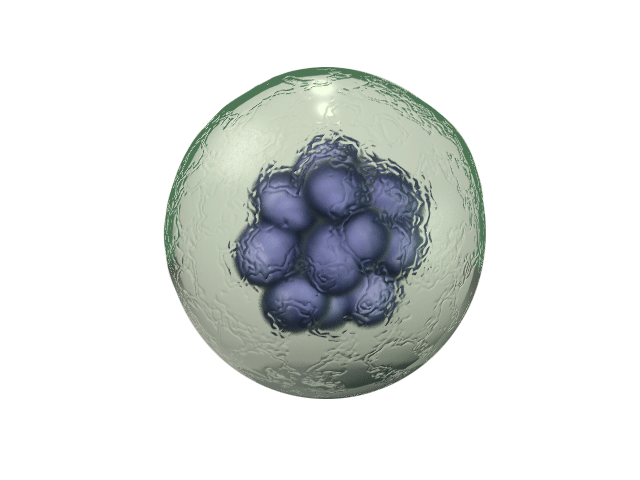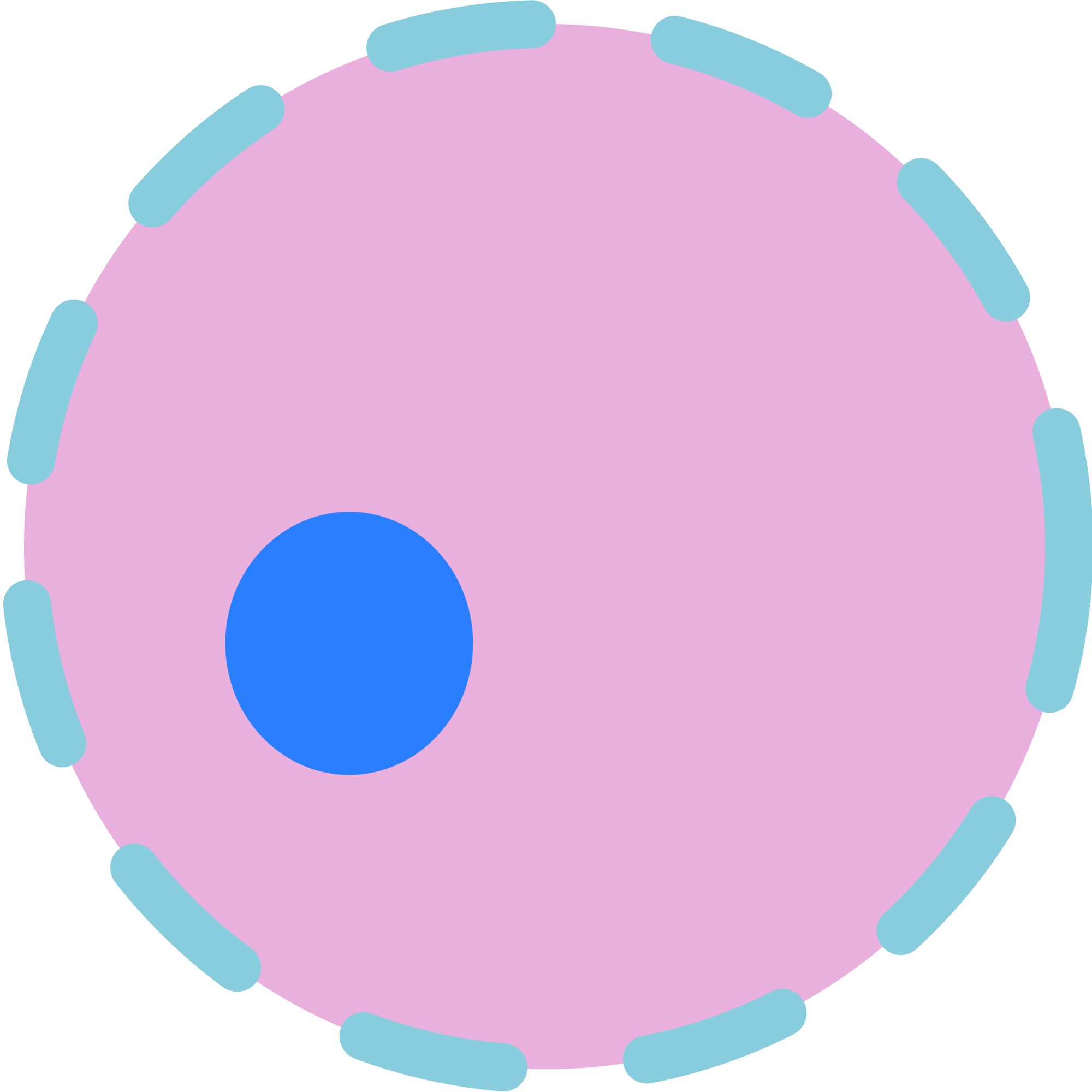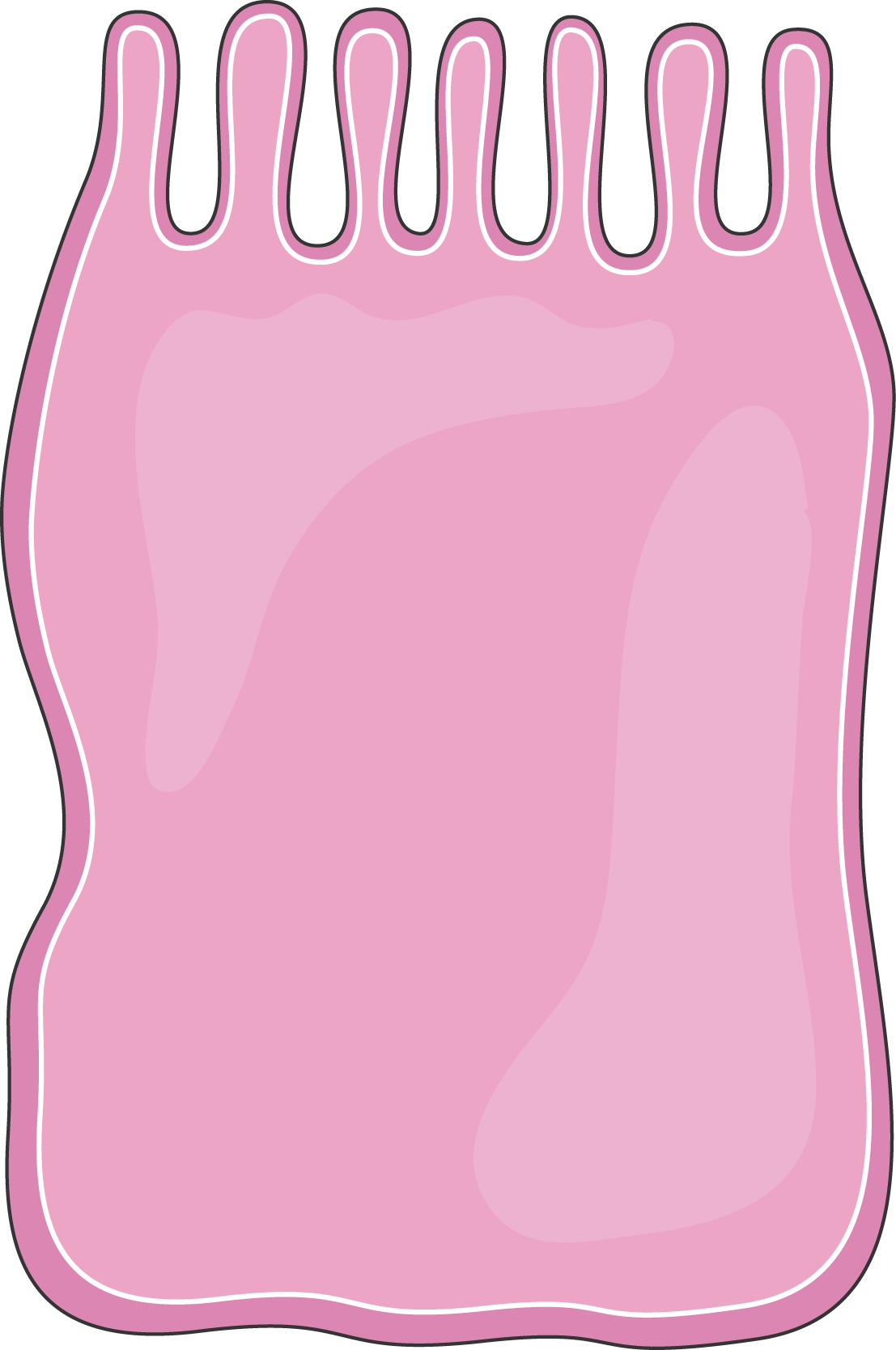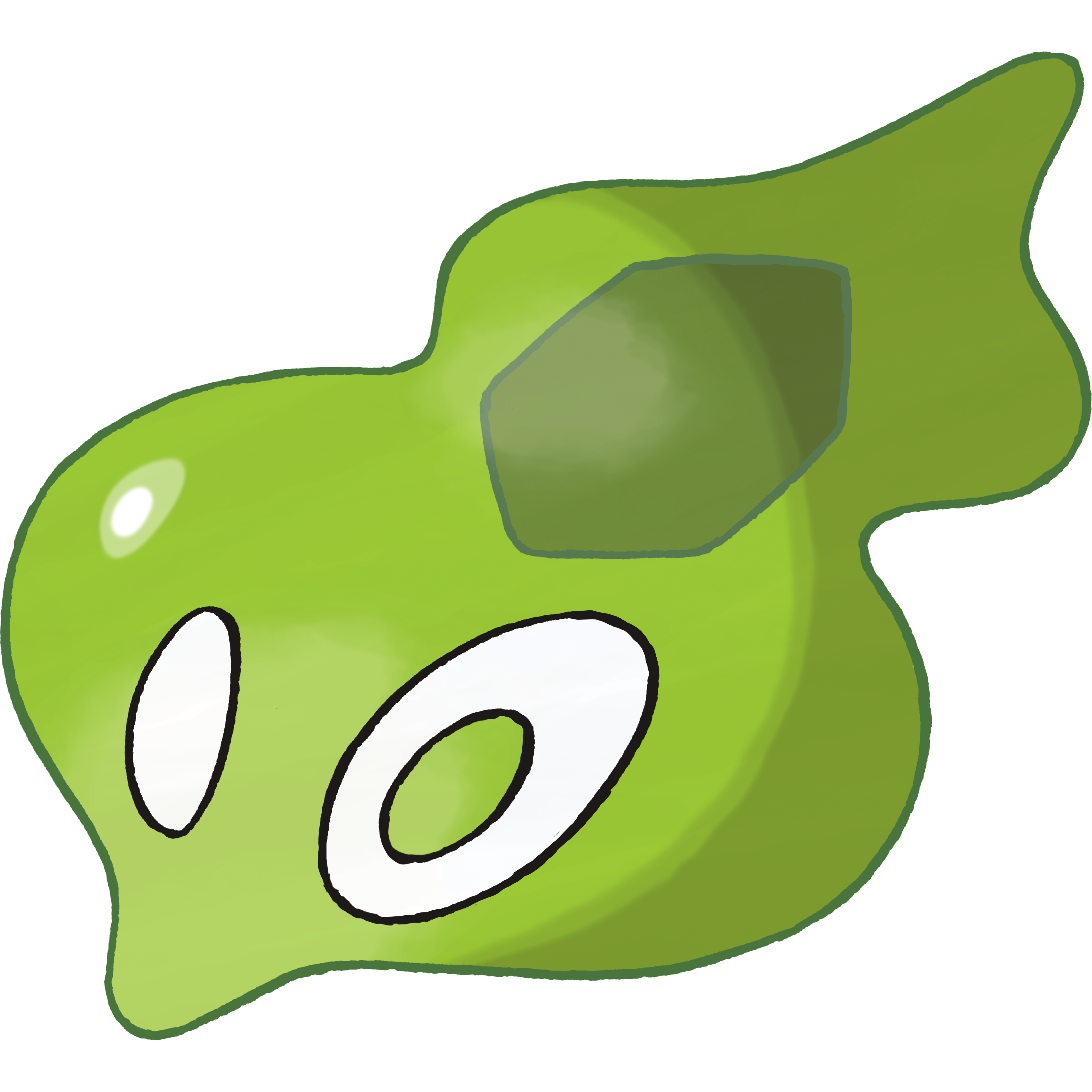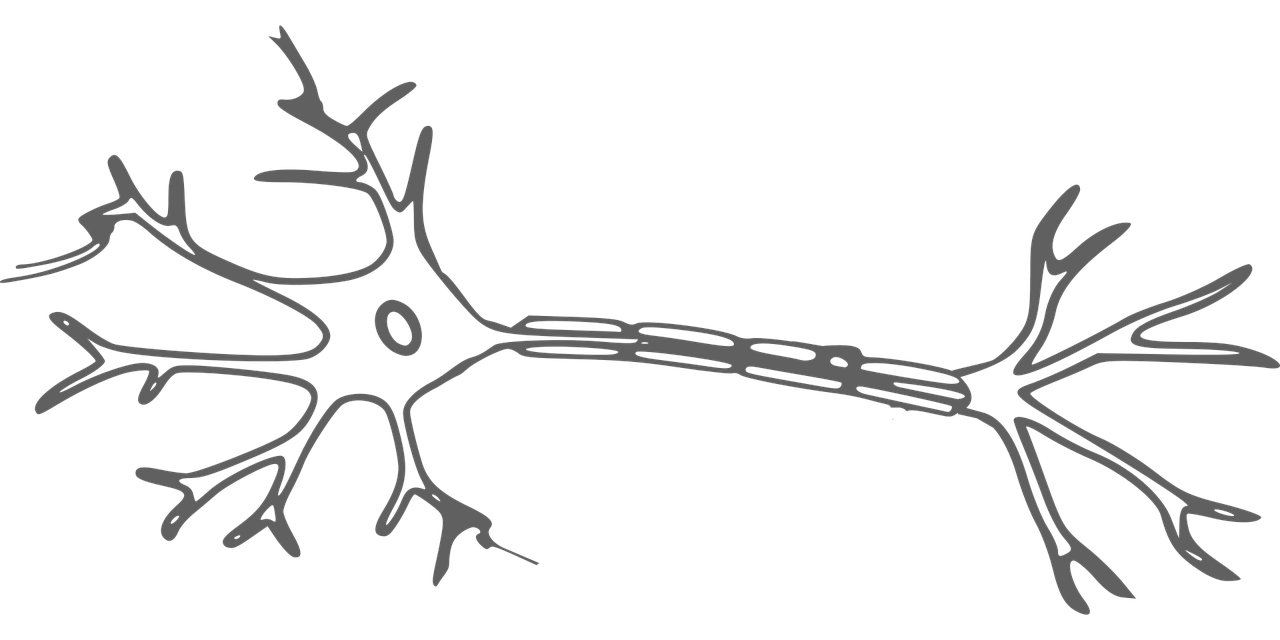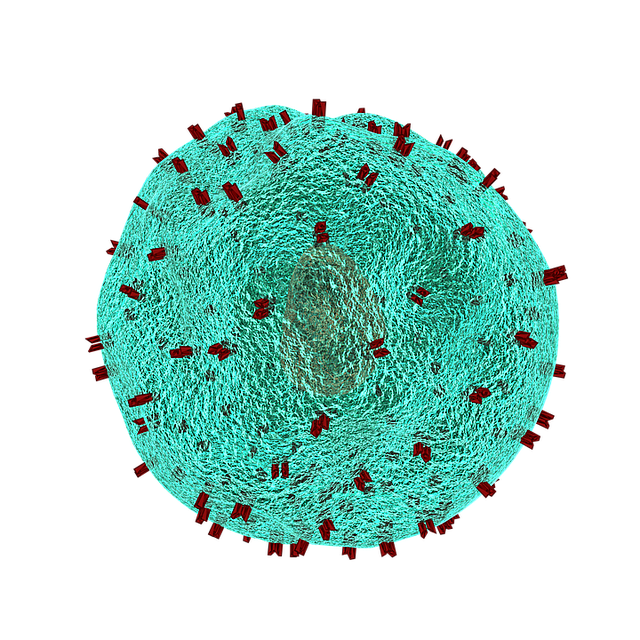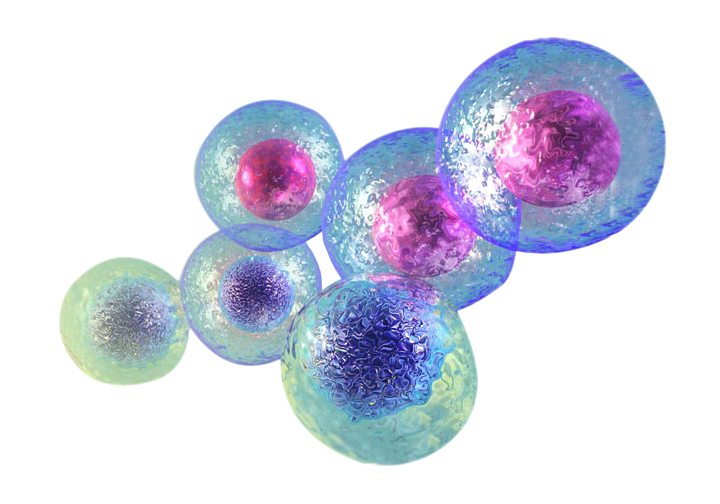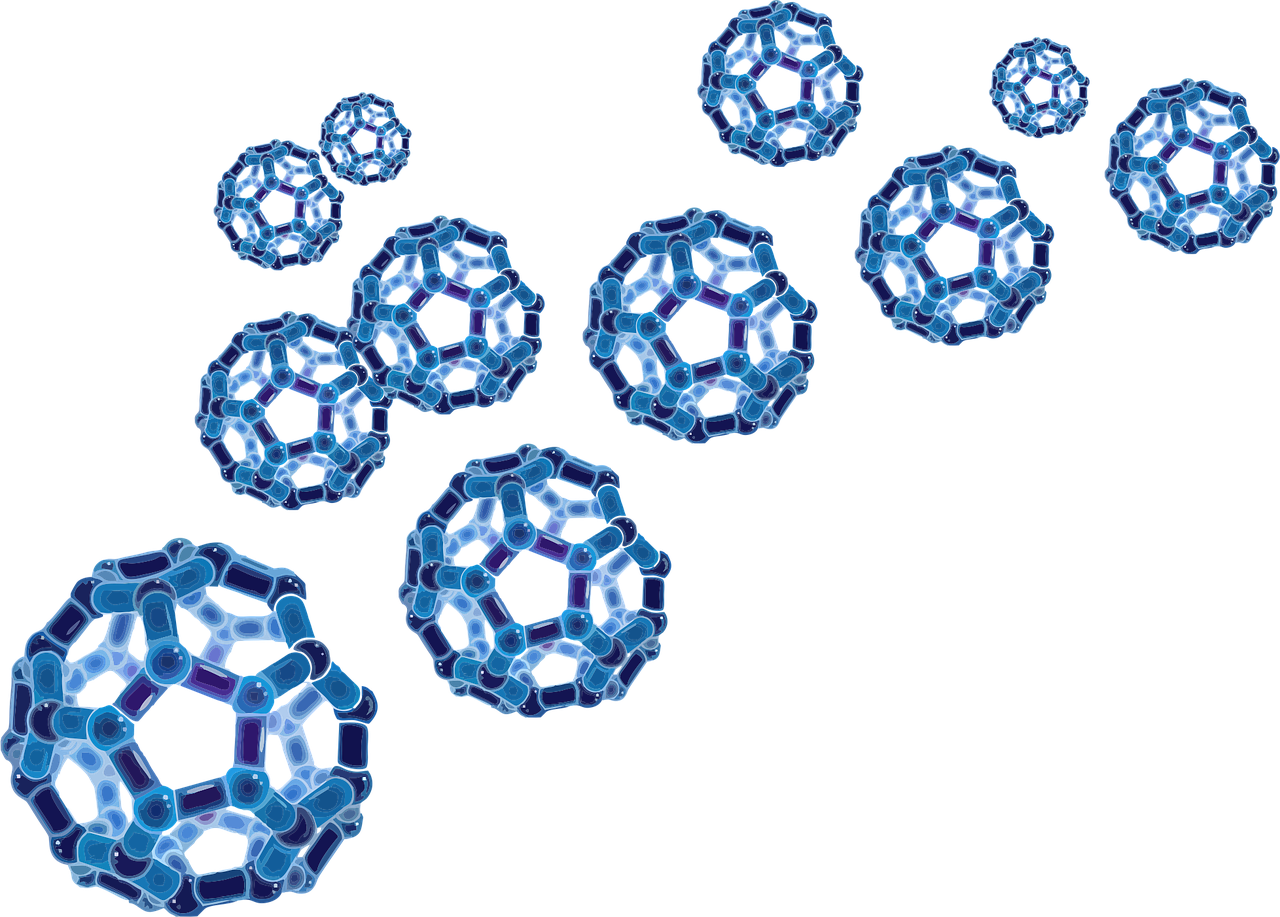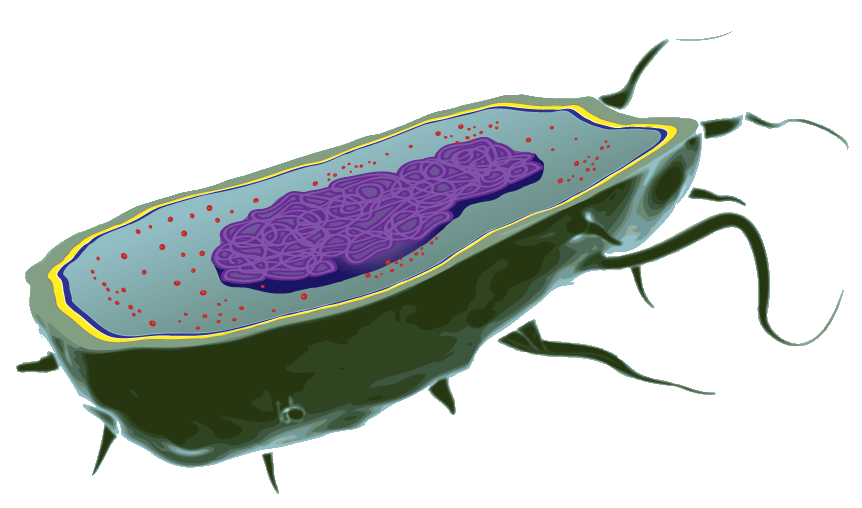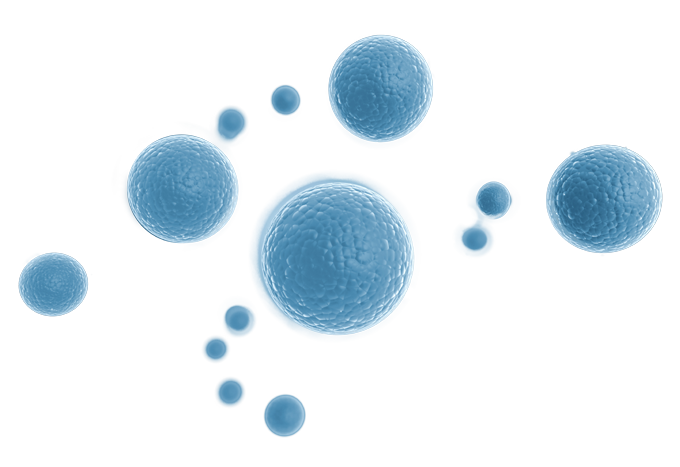Download top and best high-quality free Body Cell PNG Transparent Images backgrounds available in various sizes. To view the full PNG size resolution click on any of the below image thumbnail.
License Info: Creative Commons 4.0 BY-NC
All known species’ basic structural, functional, and biological unit is the cell (Latin cella, meaning “little apartment”). Because cells are the tiniest units of life, they are sometimes called “building blocks of life.” Cell biology, cellular biology, or cytology are various terms for the study of cells.
Cells are made up of cytoplasm and a membrane that includes various biomolecules such as proteins and nucleic acids. With diameters ranging from 1 to 100 micrometers, most plant and animal cells can only be seen under a light microscope.
Electron microscopy has a significantly greater resolution, allowing for a much more thorough examination of cell structure. Organisms are categorised as either unicellular (consisting of a single cell, such as bacteria) or multicellular (containing many cells) (including plants and animals). Microorganisms are the most common unicellular organisms.
Plants and animals have different numbers of cells depending on their species; humans are thought to have approximately 40 trillion (41013) cells. Around 80 billion of these cells are found in the human brain.
Cells were discovered in 1665 by Robert Hooke, who called them after the cells occupied by Christian monks at a monastery. Cell theory says that all creatures are made up of one or more cells, that cells are the fundamental unit of structure and function in all living beings, and that all cells originate from pre-existing cells. It was initially proposed in 1839 by Matthias Jakob Schleiden and Theodor Schwann. At least 3.5 billion years ago, cells first appeared on Earth.
There are two sorts of cells: eukaryotic cells with a nucleus and prokaryotic cells without one. Eukaryotes can be single-celled or multicellular, whereas prokaryotes are single-celled creatures.
Bacteria and archaea, two of the three kingdoms of life, are prokaryotes. Prokaryotic cells were the first form of life on Earth, and they were distinguished by the presence of key biological processes such as cell signaling. They lack a nucleus and other membrane-bound organelles, making them simpler and smaller than eukaryotic cells.
A prokaryotic cell’s DNA comprises a single circular chromosome in close contact with its cytoplasm. The nucleoid is the nuclear area in the cytoplasm. Prokaryotes are the tiniest of all creatures, with diameters ranging from 0.5 to 2.0 m.
A prokaryotic cell has three regions:
The cell envelope encloses the cell and is made up of a plasma membrane, a cell wall, and, in certain bacteria, a third layer termed a capsule. Although most prokaryotes have both a cell membrane and a cell wall, Mycoplasma (bacteria) and Thermoplasma (archaea) are outliers that only have the cell membrane layer.
The cell’s envelope provides stiffness and serves as a protective filter by separating its interior from its surroundings. In bacteria, the cell wall is peptidoglycan and acts as an extra barrier against external pressures. It also stops the cell from swelling and bursting (cytolysis) due to a hypotonic environment’s osmotic pressure. Plant and fungal cells contain cell walls, as do specific other eukaryotic cells.
The cytoplasmic portion of the cell contains the genome (DNA), ribosomes, and various inclusions. In the cytoplasm, genetic material is freely distributed. Extrachromosomal DNA elements termed plasmids, which are generally circular, can be carried by prokaryotes.
Several species of spirochete bacteria, including members of the genus Borrelia, including Borrelia burgdorferi, which causes Lyme disease, have been shown to carry linear bacterial plasmids. The DNA is condensed in a nucleoid, even though it does not form a nucleus. Antibiotic resistance genes, for example, are encoded via plasmids.
Download Body Cell PNG images transparent gallery.
- Body Cell Vector PNG Image File
Resolution: 1200 × 1076
Size: 39 KB
Image Format: .png
Download
- Body Cell Vector Background PNG
Resolution: 1000 × 534
Size: 513 KB
Image Format: .png
Download
- Body Cell Vector PNG Background
Resolution: 869 × 869
Size: 197 KB
Image Format: .png
Download
- Body Cell Vector PNG HD Quality
Resolution: 1200 × 1372
Size: 35 KB
Image Format: .png
Download
- Body Cell Vector PNG Photo Image
Resolution: 800 × 600
Size: 406 KB
Image Format: .png
Download
- Body Cell Vector Transparent PNG
Resolution: 800 × 600
Size: 646 KB
Image Format: .png
Download
- Body Cell
Resolution: 1657 × 755
Size: 927 KB
Image Format: .png
Download
- Body Cell PNG Background
Resolution: 759 × 685
Size: 570 KB
Image Format: .png
Download
- Body Cell PNG HD Quality
Resolution: 1251 × 1928
Size: 1467 KB
Image Format: .png
Download
- Body Cell PNG
Resolution: 1715 × 1972
Size: 93 KB
Image Format: .png
Download
- Body Cell PNG Pic
Resolution: 657 × 520
Size: 66 KB
Image Format: .png
Download
- Body Cell PNG File
Resolution: 1675 × 2128
Size: 163 KB
Image Format: .png
Download
- Body Cell PNG Image
Resolution: 980 × 913
Size: 151 KB
Image Format: .png
Download
- Body Cell PNG Photo
Resolution: 980 × 814
Size: 54 KB
Image Format: .png
Download
- Body Cell PNG Cutout
Resolution: 903 × 882
Size: 108 KB
Image Format: .png
Download
- Body Cell PNG Images
Resolution: 1772 × 1292
Size: 110 KB
Image Format: .png
Download
- Body Cell PNG Photos
Resolution: 2000 × 1075
Size: 199 KB
Image Format: .png
Download
- Body Cell Transparent
Resolution: 724 × 484
Size: 145 KB
Image Format: .png
Download
- Body Cell PNG Clipart
Resolution: 1169 × 739
Size: 780 KB
Image Format: .png
Download
- Body Cell PNG Picture
Resolution: 881 × 750
Size: 203 KB
Image Format: .png
Download
- Body Cell PNG HD Image
Resolution: 1280 × 1028
Size: 137 KB
Image Format: .png
Download
- Body Cell PNG Image HD
Resolution: 1405 × 811
Size: 376 KB
Image Format: .png
Download
- Body Cell No Background
Resolution: 808 × 900
Size: 46 KB
Image Format: .png
Download
- Body Cell PNG Images HD
Resolution: 1000 × 1000
Size: 220 KB
Image Format: .png
Download
- Body Cell PNG Free Image
Resolution: 842 × 1280
Size: 330 KB
Image Format: .png
Download
- Body Cell PNG Image File
Resolution: 1943 × 928
Size: 106 KB
Image Format: .png
Download
- Body Cell Background PNG
Resolution: 700 × 705
Size: 596 KB
Image Format: .png
Download
- Body Cell Vector
Resolution: 1024 × 1024
Size: 866 KB
Image Format: .png
Download
- Body Cell Vector PNG
Resolution: 1200 × 1110
Size: 186 KB
Image Format: .png
Download
- Body Cell Vector PNG Pic
Resolution: 2000 × 2454
Size: 193 KB
Image Format: .png
Download
- Body Cell Vector PNG File
Resolution: 640 × 480
Size: 59 KB
Image Format: .png
Download
- Body Cell Vector PNG Image
Resolution: 2000 × 2000
Size: 105 KB
Image Format: .png
Download
- Body Cell Vector PNG Photo
Resolution: 1107 × 1668
Size: 105 KB
Image Format: .png
Download
- Body Cell Vector PNG Cutout
Resolution: 1092 × 1092
Size: 484 KB
Image Format: .png
Download
- Body Cell Vector PNG Images
Resolution: 1280 × 640
Size: 199 KB
Image Format: .png
Download
- Body Cell Vector PNG Photos
Resolution: 640 × 640
Size: 542 KB
Image Format: .png
Download
- Body Cell Vector Transparent
Resolution: 720 × 504
Size: 338 KB
Image Format: .png
Download
- Body Cell Vector PNG Clipart
Resolution: 1280 × 917
Size: 966 KB
Image Format: .png
Download
- Body Cell Vector PNG Picture
Resolution: 862 × 508
Size: 141 KB
Image Format: .png
Download
- Body Cell Vector PNG HD Image
Resolution: 1200 × 1195
Size: 191 KB
Image Format: .png
Download
- Body Cell Vector PNG Image HD
Resolution: 768 × 432
Size: 122 KB
Image Format: .png
Download
- Body Cell Vector No Background
Resolution: 980 × 698
Size: 26 KB
Image Format: .png
Download
- Body Cell Vector PNG Images HD
Resolution: 3579 × 982
Size: 841 KB
Image Format: .png
Download
- Body Cell Vector PNG Free Image
Resolution: 680 × 467
Size: 239 KB
Image Format: .png
Download

